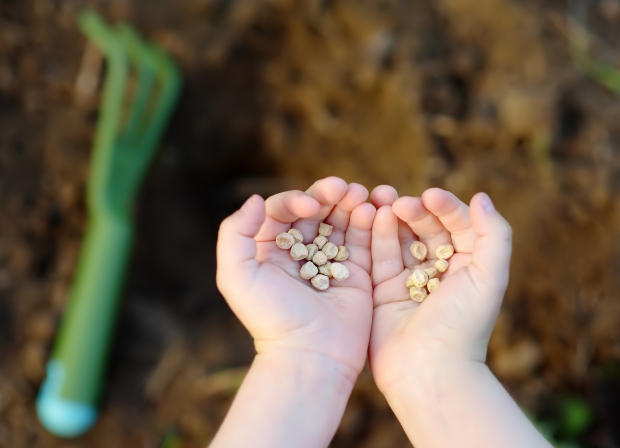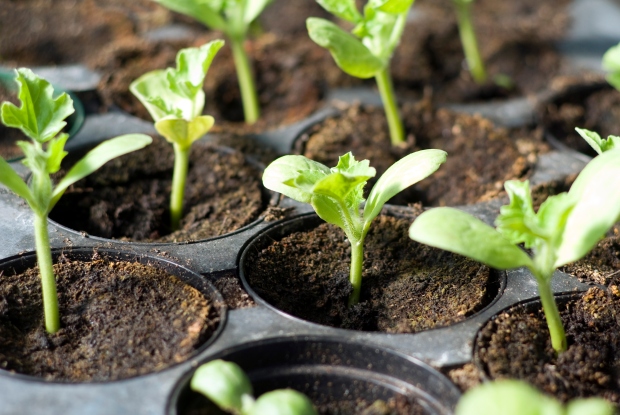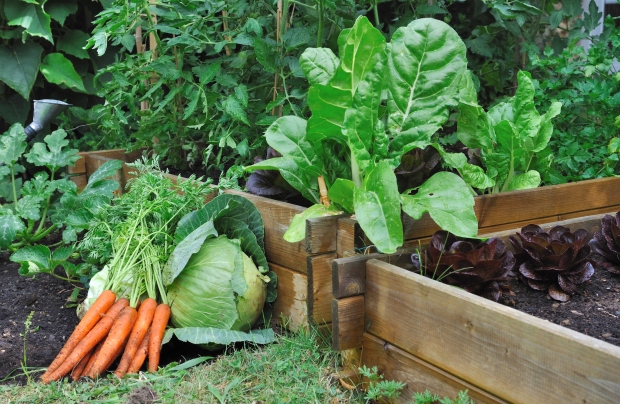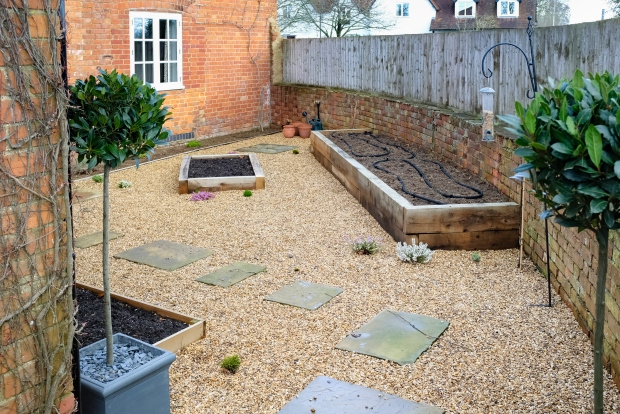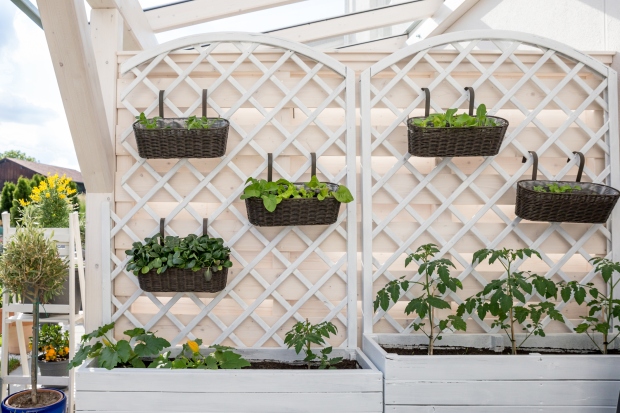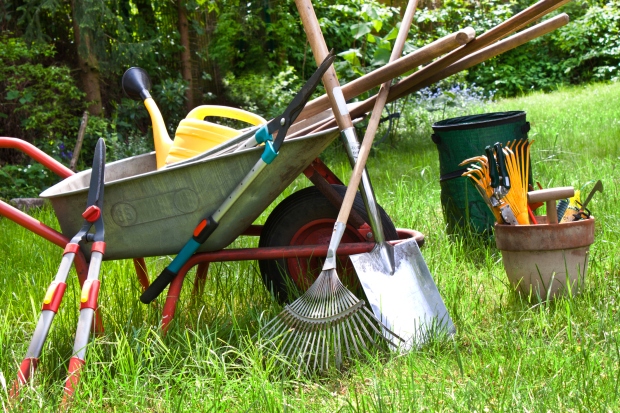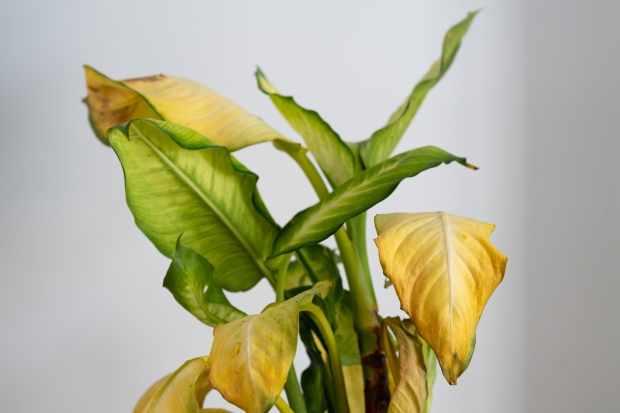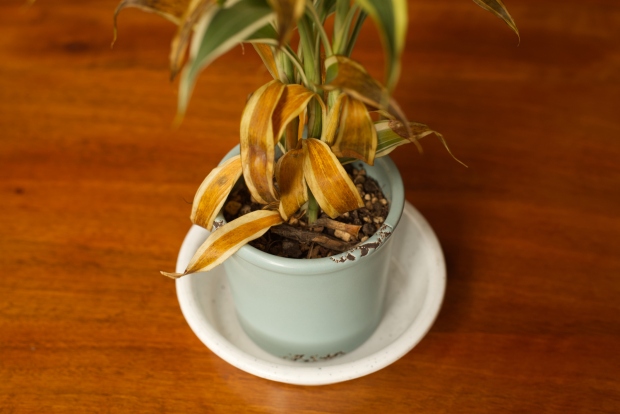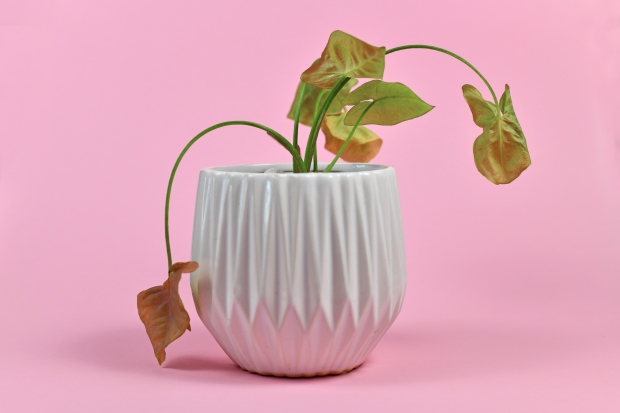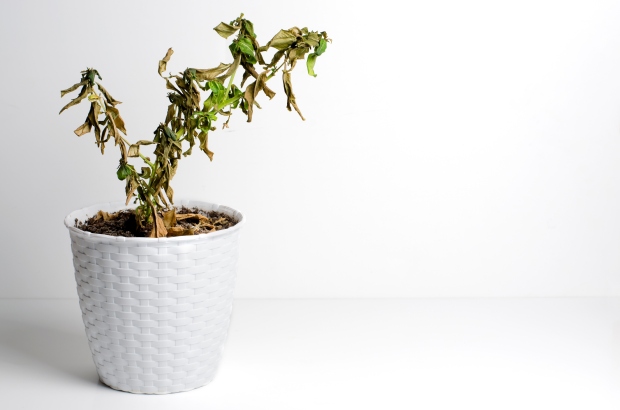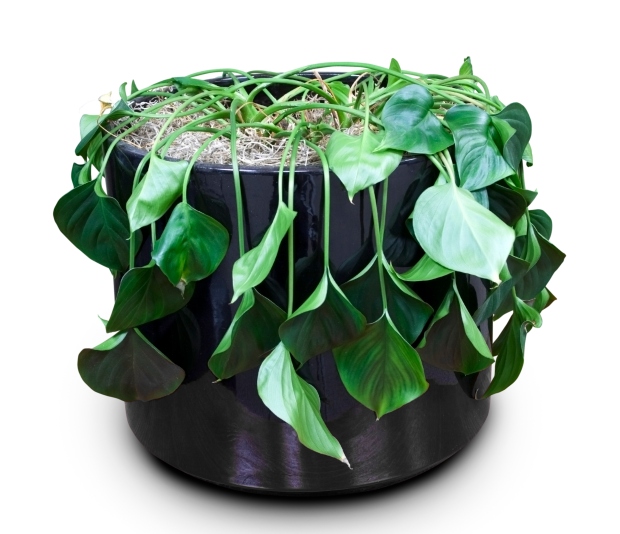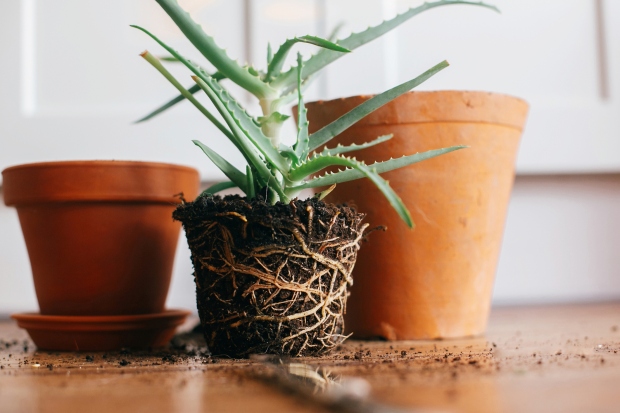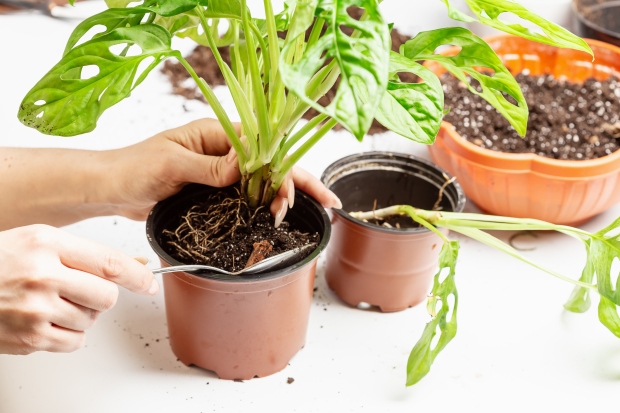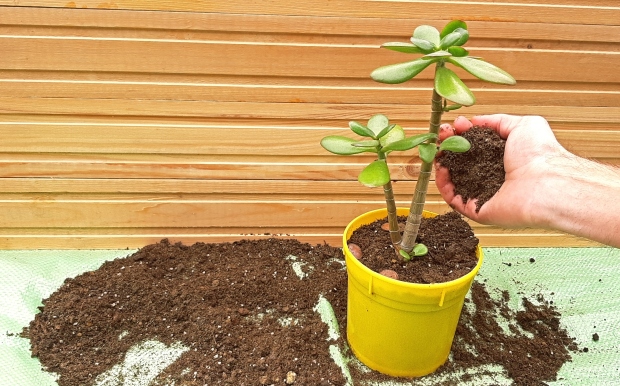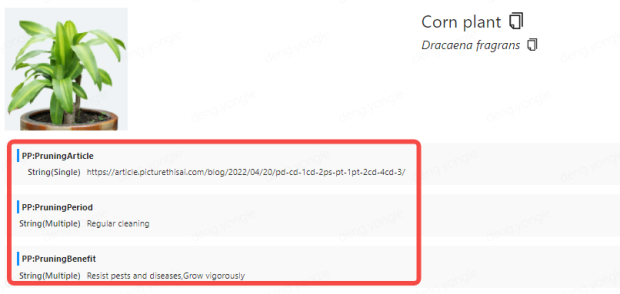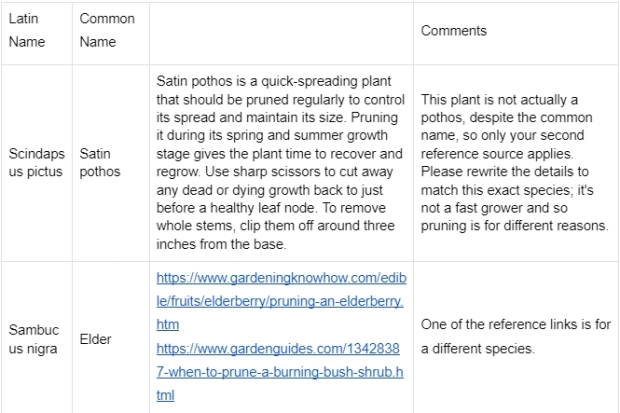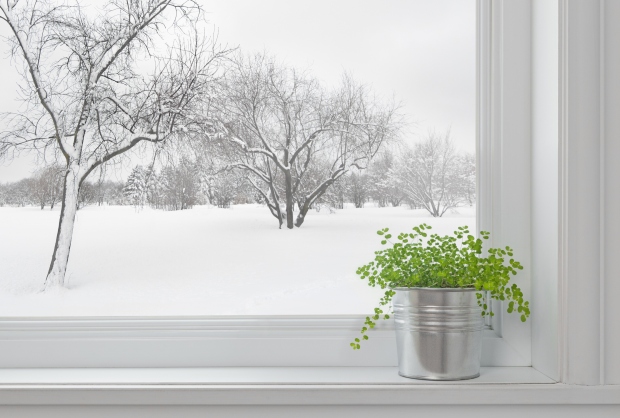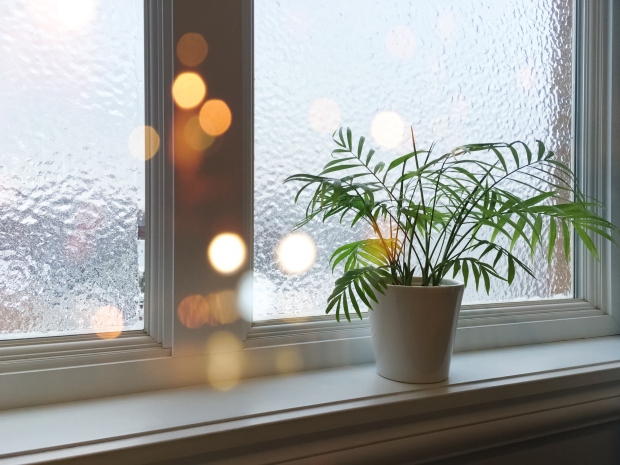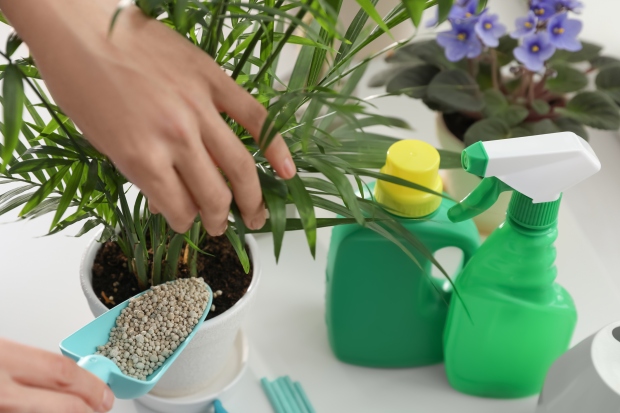Supplemental Heat and Light
If you choose to start seeds indoors, they will benefit greatly from supplemental heat and light. It isn’t necessary but will greatly improve the success of your seedlings.
Supplemental Heat for Starting Seeds
Vegetable seeds need a specific temperature to germinate. Each different veggie type has an optimum range where germination occurs, but most seeds germinate when the soil temperature falls between 68 and 86°F. The closer the temperature to this optimal, the quicker germination happens.
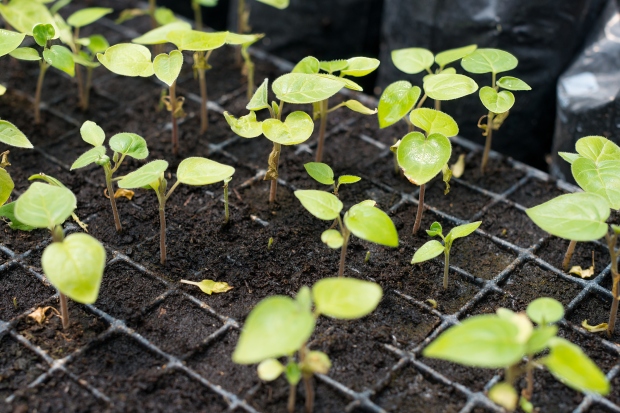
To go a little more in-depth, chemical reactions are responsible for breaking down the seed coat and telling the seed it’s time to germinate and grow. Warmer air and soil temperatures speed up the chemical reactions within the seed, hastening germination, and on the flip side, cooler temperatures cause them to slow.
Supplemental Light for Starting Seeds or Growing Seedlings Indoors
Indoor plants often suffer from a lack of light, causing them to grow spindly and tall, as they reach for the sunlight. Supplemental light from grow lights helps your seedlings grow well and flourish. After seeds germinate, the seedlings do best when they get 10-12 hours of unfiltered sunlight every day. In many situations, they don’t get this amount of sunlight indoors.
Plants that don’t get enough sunlight will grow tall and spindly in an attempt to reach the sun. This unusual growth causes them to lose flavor and reduce their overall quality. Therefore, to compensate for low light, it’s helpful to purchase a simple, inexpensive grow light.
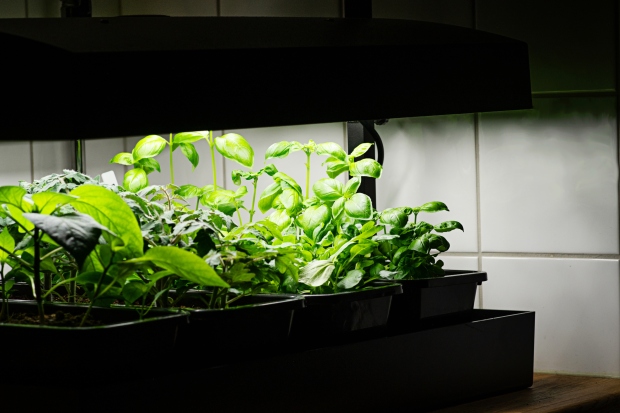
Grow lights give off different colors of light, which are important for plant growth. When looking to buy a growth light for your seedlings, choose LED, fluorescent, and/or compact fluorescent grow lights.
If you opt to use grow lights, make sure they are positioned far enough from the plants. Ideally you want the lights 8 to 12” from the tops of the plants, but set up so you can easily adjust the height as seedlings grow.
Concerns with Supplementing Heat and Light
If you choose to use either grow lights or seed-starting mats to hasten germination, keep a couple of things in mind:
- Soil dries out faster as the temperature increases, so you’ll need to keep a closer eye on moisture levels.
- Supplemental lights typically raise the temperature slightly, so make sure they aren’t too close to the plants to avoid scorching them.
